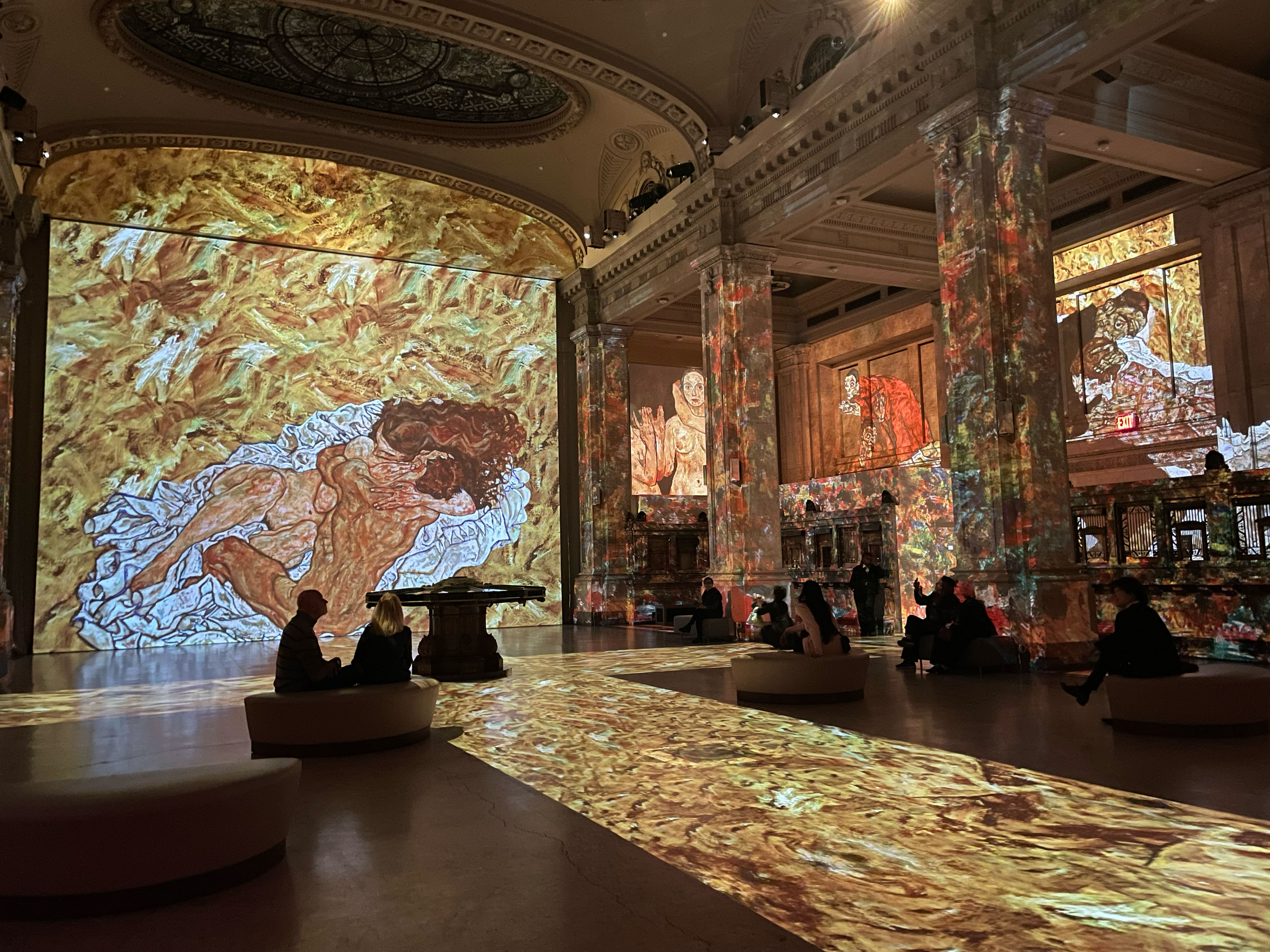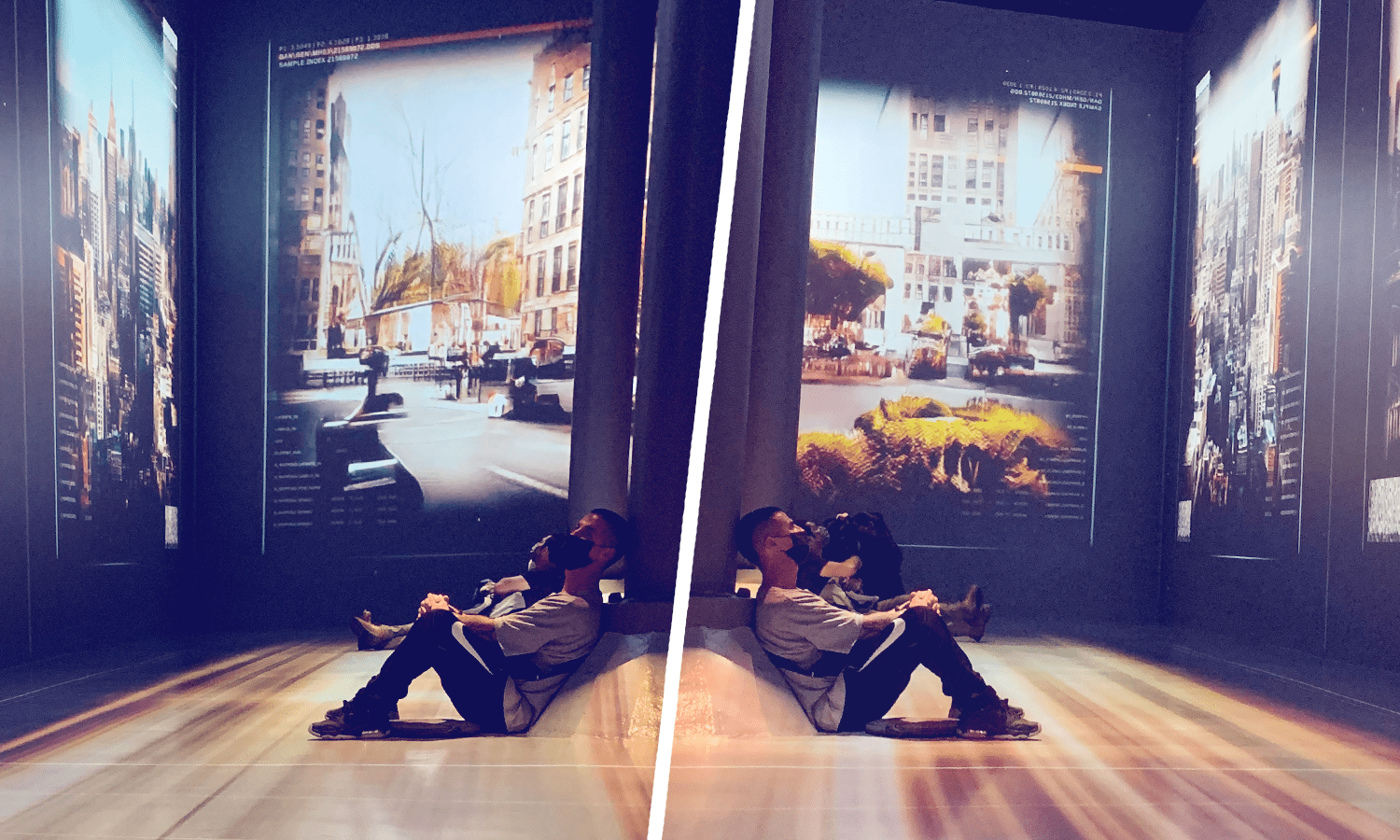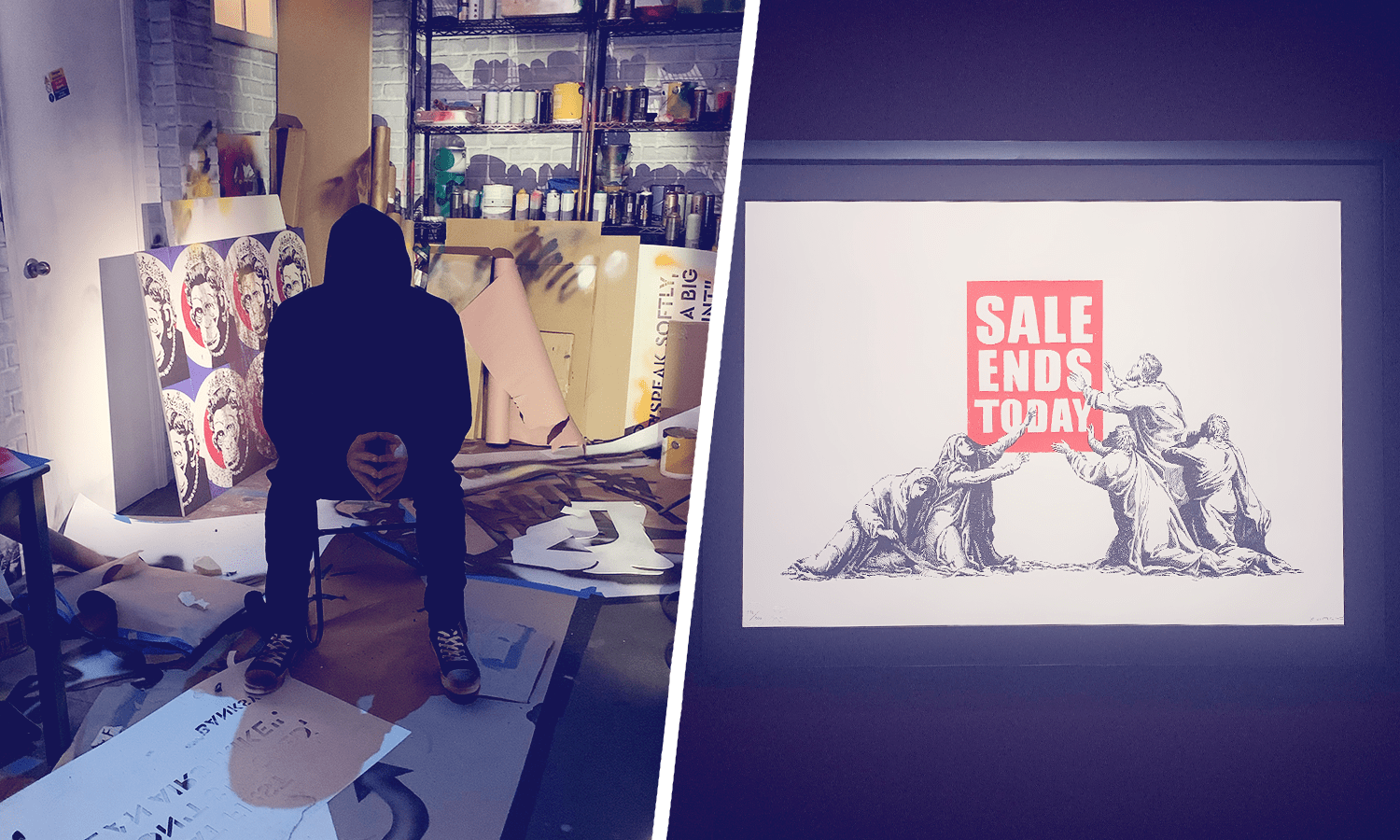But Is it Art? Immersive Experiences Aim for Selfies with Substance

Pictures of friends in alleged “museums” dedicated to pizza, color, and, uh, a certain number of rooms have been plaguing my Instagram feed for years. The pandemic flattened some experiences (RIP, Rose Mansion), while others have trudged on (I see you Candytopia), but the real story of post-pandemic immersive experiences is decidedly higher brow: have you heard of art? Immersive art experiences in some form have been around since at least 2008, but thanks to everyone’s favorite pandemic-era Parisian, production companies have been mining the depths of the public domain for artists with even a trace of a built-in audience for their technology-fueled fantasias. At the Hall des Lumières, “Gold in Motion” tracks the works of Gustav Klimt. Photo courtesy: Luis Rendon Immersive Van Gogh, the digital art goliath and its numerous knockoffs (there are at least five independent productions on tour right now), are certainly the most well-known, but experiences that reimagine beloved pieces of art into pixelated paradises run the gamut from Monet to Picasso, Dalí and beyond. Producers for Immersive Van Gogh estimate ticket sales for their multiple productions have ballooned to over $250 million, which might explain the glut of shows now being produced by competing...


